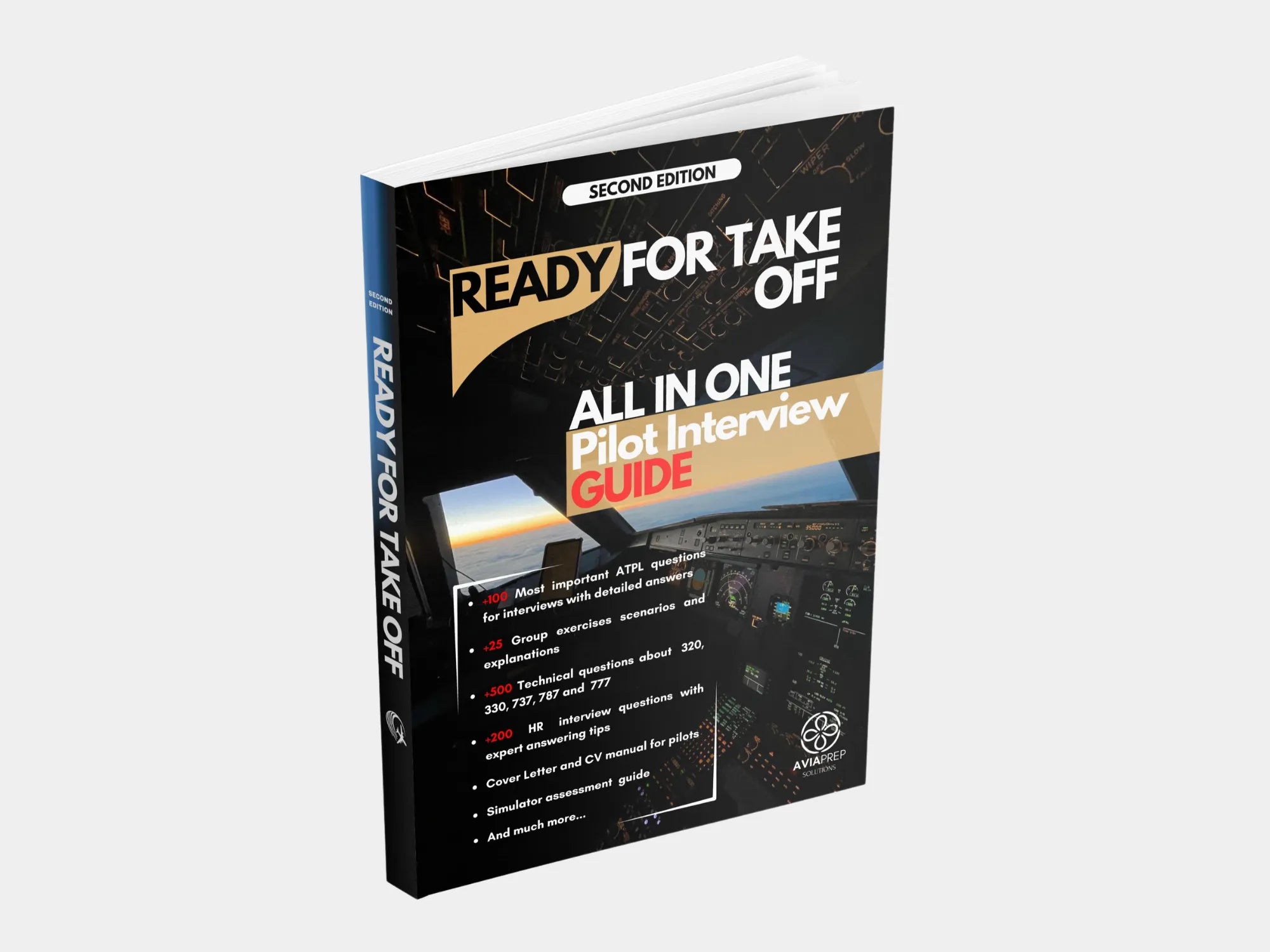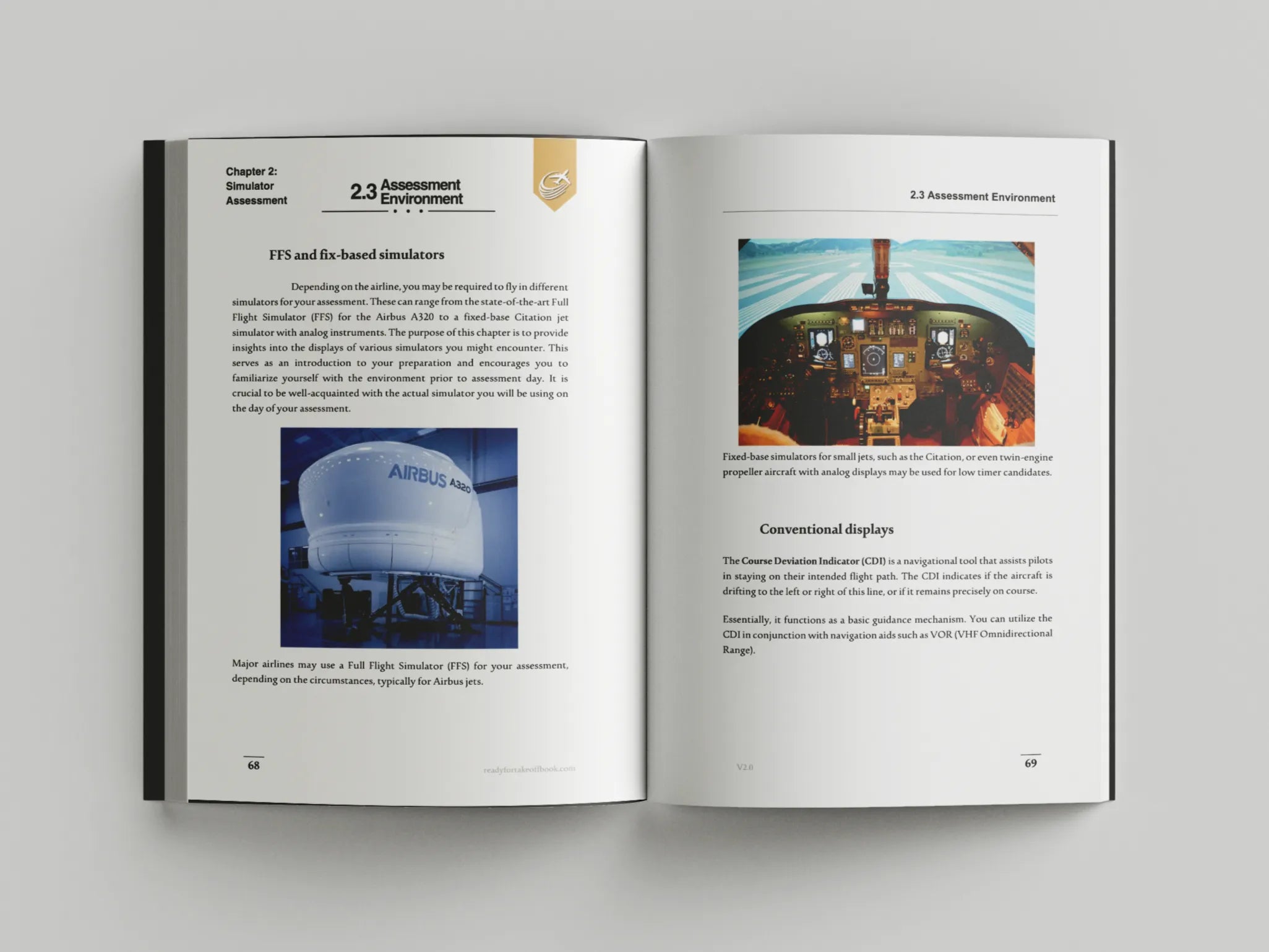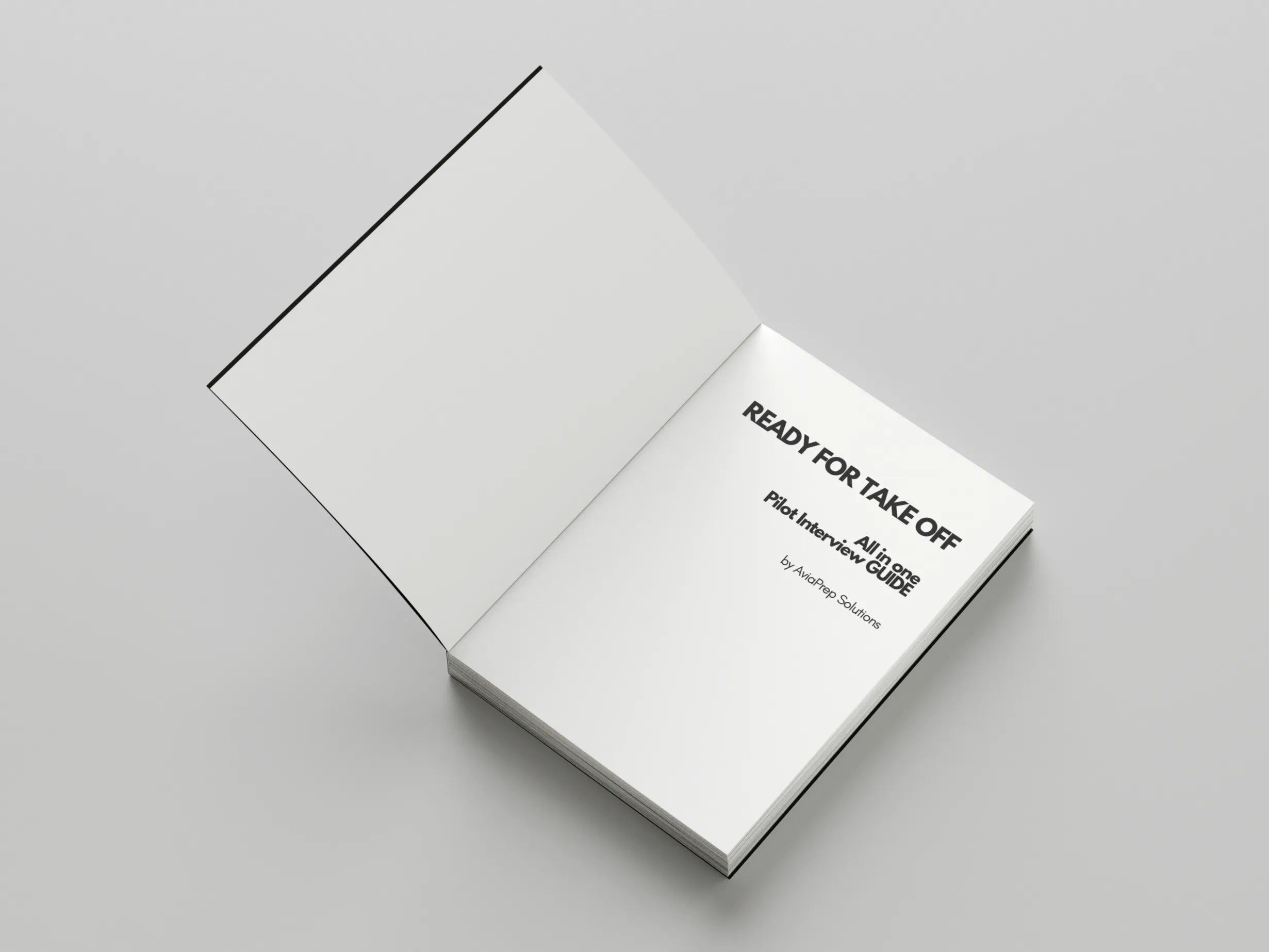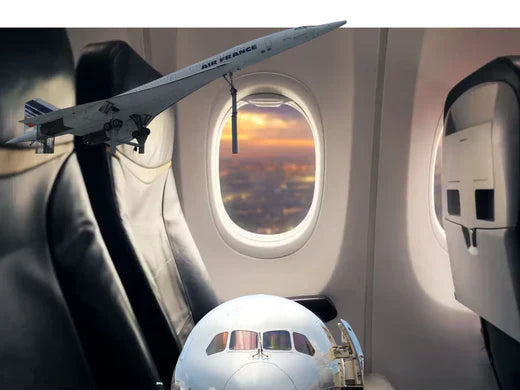Introduction
Flying can be a complex and sometimes stressful experience, but with careful planning and smart choices, you can make your journey significantly better. From selecting the best seat to managing your baggage, check-in, and even dealing with time differences, there are many ways to optimize your flight experience. This guide will walk you through each aspect of air travel, providing practical tips and insights to ensure a smooth and enjoyable journey, whether you're traveling for business or pleasure.
Choosing the Right Seat
Window vs. Aisle Seats:
- Window Seats: Ideal for those who want to enjoy the view or lean against the side of the plane to sleep.
- Aisle Seats: Offer easier access to the restroom and allow you to stretch your legs more freely.
Legroom Considerations
- Exit Rows: These seats often provide more legroom, but come with the responsibility of assisting in an emergency.
- Bulkhead Seats: Located at the front of a section, these seats have no seats in front of them, offering extra space.
Avoiding Uncomfortable Seats
- Seats Near the Lavatory: While convenient for bathroom access, these seats can be noisy and have more foot traffic.
- Middle Seats: Often the least desirable, as they offer the least space and access to amenities.
For more information on the best seats on different aircraft, consider checking out SeatGuru, which provides detailed seat maps and reviews.
Baggage Management
- Packing Efficiently: Packing smartly can save you time, reduce stress, and even lower costs by avoiding excess baggage fees.
- Know the Baggage Allowance: Check your airline’s baggage policy before packing to avoid surprises at the airport. Most airlines allow one carry-on and one personal item in the cabin, with checked baggage subject to size and weight limits.
- Use Packing Cubes: Packing cubes help organize your belongings, making it easier to find items during your trip. They also compress your clothes, allowing you to fit more into your suitcase.
- Pack Light: Aim to travel with just a carry-on for short trips. This not only saves on baggage fees but also allows you to skip the baggage claim and move quickly through the airport.
Managing Checked Baggage
If you must check a bag, there are a few strategies to minimize hassle:
- Label Your Baggage: Ensure your luggage is clearly labeled with your name, phone number, and destination address. Consider adding a unique identifier, like a colorful ribbon or sticker, to make it easier to spot on the carousel.
- Use a TSA-Approved Lock: This ensures that your bag can be inspected without being damaged if necessary.
- Keep Valuables in Your Carry-On: Never pack valuable items, medications, or important documents in your checked baggage.
For tips on packing light and efficiently, visit Travel and Leisure's packing guide.
Streamlining the Check-In Process
Online Check-In
One of the easiest ways to optimize your flight experience is by checking in online. Most airlines allow you to check in 24 to 48 hours before departure, giving you the chance to:
- Select or Change Your Seat: Ensure you get your preferred seat.
- Print Your Boarding Pass: Or save it on your mobile device to skip the check-in counter altogether.
Airport Check-In
If you have baggage to check or prefer to check in at the airport, aim to:
- Arrive Early: Arriving at least two hours before a domestic flight and three hours before an international flight gives you plenty of time to check in, go through security, and deal with any unexpected delays.
- Use Self-Service Kiosks: Many airports offer self-service kiosks for a quicker check-in process. These kiosks can also print your baggage tags, making the process even smoother.
Navigating Airport Security
Preparing for Security Screening
Navigating airport security can be one of the most stressful parts of the flying experience. However, with a few simple preparations, you can speed through the process:
- Wear Easily Removable Shoes: You’ll need to remove your shoes at security, so wear something that’s easy to slip on and off.
- Organize Your Liquids and Electronics: Follow the 3-1-1 rule for liquids (3.4 ounces or less per container, 1 quart-sized bag per person, 1 bag per passenger) and keep your electronics easily accessible for inspection.
- Use TSA PreCheck: If you’re a frequent flyer, consider enrolling in TSA PreCheck, which allows you to use expedited lanes where you don’t need to remove your shoes, belts, or jackets, or take out your laptop.
Getting Through Security Efficiently
To get through security with minimal hassle:
- Empty Your Pockets: Place all pocket items in your carry-on before you get to the checkpoint to avoid delays.
- Follow Instructions: Pay attention to the TSA officers’ instructions to avoid unnecessary delays.
For more tips on how to breeze through airport security, visit the TSA’s official site.
Managing Time Differences and Jet Lag
Before the Flight
Managing time differences starts before you even board the plane:
- Adjust Your Sleep Schedule: A few days before your flight, gradually shift your sleep schedule to match your destination’s time zone.
- Stay Hydrated: Dehydration can worsen jet lag, so start drinking plenty of water before your flight.
During the Flight
While on the plane:
- Set Your Watch: Change your watch or phone to your destination’s time zone as soon as you board. This helps psychologically prepare you for the time change.
- Sleep Strategically: Try to sleep if it’s nighttime at your destination, and stay awake if it’s daytime. Use an eye mask and earplugs to help block out distractions.
After Arrival
Once you arrive:
- Get Sunlight: Exposure to natural light helps reset your internal clock. Spend time outside as soon as possible after arrival.
- Nap Wisely: If you need to nap, limit it to 20-30 minutes to avoid interfering with your nighttime sleep.
For more advice on managing jet lag, see this Mayo Clinic guide.
Food and Entertainment Choices
In-Flight Food
Your food choices can significantly impact how you feel during and after your flight:
- Eat Light: Heavy meals can be hard to digest at high altitudes, so opt for lighter options like salads, fruits, and lean proteins.
- Bring Your Own Snacks: Airline meals can be unpredictable, so consider bringing your own healthy snacks to keep you satisfied during the flight.
- Stay Hydrated: Avoid alcohol and caffeine, which can dehydrate you. Stick to water or herbal teas.
For tips on healthy eating while traveling, check out this health guide.
In-Flight Entertainment
Keeping yourself entertained during a flight can make the journey more enjoyable:
- Download Content: Before your flight, download movies, TV shows, books, or music to your device. This ensures you have something to watch or read even if the in-flight entertainment system isn’t working.
- Bring Headphones: Invest in a good pair of noise-canceling headphones to block out background noise and enhance your viewing or listening experience.
- Use Airline Apps: Some airlines offer streaming services through their apps, so make sure to download the app before your flight.
Considering Upgrades and VIP Lounges
Upgrading Your Seat
Upgrading your seat can significantly improve your flight experience:
- Frequent Flyer Programs: If you travel often, sign up for your airline’s frequent flyer program. Accumulated points can often be used to upgrade to a better seat.
- Check for Last-Minute Deals: Sometimes, airlines offer discounted upgrades during check-in or at the gate. Keep an eye out for these offers if you want to enjoy extra comfort without breaking the bank.
- Use Credit Card Benefits: Some travel credit cards offer complimentary upgrades or credits that can be used towards seat upgrades.
For a deeper dive into getting the best upgrades, visit The Points Guy.
Using VIP Lounges
Access to a VIP lounge can make your airport experience much more pleasant:
- Priority Pass Membership: If you don’t fly business or first class, consider getting a Priority Pass membership, which grants access to a network of lounges worldwide.
- Credit Card Access: Some premium credit cards offer complimentary lounge access as a perk. Check with your card issuer to see if you qualify.
- Lounge Amenities: Most lounges offer comfortable seating, free Wi-Fi, complimentary food and drinks, and even shower facilities, making it an excellent place to relax before your flight.
For more on accessing VIP lounges, check out LoungeBuddy.
Traveling with Family
Booking and Preparation
Traveling with family, especially with young children, requires additional planning:
- Book Seats Together: When booking, make sure to select seats together, and if possible, near the front of the plane for quicker boarding and deplaning.
- Prepare Snacks and Entertainment: Bring snacks, toys, and activities to keep children occupied during the flight. Coloring books, tablets with pre-downloaded games, and favorite snacks can be lifesavers.
- Request Special Services: Most airlines offer special services for families, such as early boarding, assistance with strollers, and child meals. Be sure to request these in advance.
During the Flight
- Keep Essentials Accessible: Have a bag with all the essentials—diapers, wipes, snacks, and entertainment—easily accessible under your seat.
- Encourage Movement: On longer flights, encourage children to stretch or take a walk down the aisle to burn off some energy and avoid restlessness.
Conclusion
Optimizing your flight experience involves careful planning and making smart choices throughout your journey. From selecting the best seat and packing efficiently to navigating airport security and managing jet lag, each step you take can make your trip smoother and more enjoyable. By following these tips, you can ensure that your next flight is not just a means to an end but a pleasant and efficient part of your travel adventure.
FAQs
1. How can I ensure I get the best seat on the plane?
To get the best seat, check in online as soon as it opens (usually 24-48 hours before departure), use seat maps from sites like SeatGuru to choose wisely, and consider paying a little extra for a premium seat if comfort is a priority.
2. What are the benefits of using a VIP lounge?
VIP lounges offer a quiet, comfortable space away from the crowded terminal. Benefits include complimentary food and beverages, free Wi-Fi, comfortable seating, and sometimes even showers and sleeping areas.
3. How can I avoid jet lag on long flights?
To avoid jet lag, start adjusting your sleep schedule before your trip, stay hydrated, and try to get some sleep on the plane if it aligns with the nighttime at your destination. Once you arrive, spend time outside to help reset your internal clock.
4. Is it worth upgrading to a better seat?
Upgrading to a better seat is worth it if you value extra legroom, priority boarding, and enhanced service. Frequent travelers might find using points or last-minute deals to upgrade more cost-effective.
5. How can I make traveling with kids easier?
Traveling with kids can be easier with proper preparation. Book seats together, bring plenty of snacks and activities, and take advantage of family-friendly airline services like early boarding and child meals.
6. What should I pack in my carry-on for a long flight?
For a long flight, pack essentials like your passport, wallet, medications, a change of clothes, snacks, a water bottle, and entertainment (books, tablet, etc.) in your carry-on. Keep it organized and easily accessible.
























